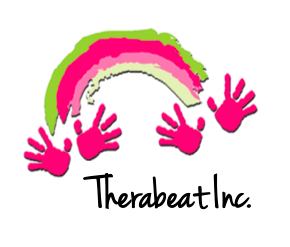Music Therapy techniques can be imperative for aiding in post-stroke recovery. It can help improve speech, language, and motor function, as well as address cognitive deficits such as memory and attention. Additionally, music therapy can positively influence mood and emotional regulation, potentially accelerating neurological recovery. This research article explores, more in depth, the effects that music therapy can have on patients who have previously experienced strokes. During a stroke, many areas of bodily function are affected, specifically a person’s speech, movement, and memory. Rehabilitation from a stroke can be a lengthy process that consists of intensive and individualized programming. Stroke patients often work towards regaining functional abilities and levels of independence, rebuilding quality of life, and promoting the highest level of functioning possible.
The patient’s areas of needs, within the article, were increasing balance and gait disorders after a stroke. Patients before treatment had a short-term prognosis of requiring an assistive device to walk. Music therapists conducted a study using the music therapy intervention, Rhythmic Auditory Stimulation, developed by neurological music therapists. Rhythmic auditory stimulation interventions use a metronome or musical cue as an external trigger to elicit movement and to improve motor symptoms. In this specific study the therapists used a metronome to provide accented beats. Patients who received this intervention showed an increase in balance and improved motor skills both with and without a walking assistive device. Patients also reported an increase in quality of life through the increased autonomy they gained.
The applications of this research article are extensive when working towards movement and balance goals within a music therapy session. This intervention would work with any population working towards increasing walking distance and increasing smooth gait because the rhythmic auditory stimulation provides a steady pulse for clients to entrain to and thus increase smooth gait. Knowing this information increases the generalizability of the interventions used not only for stroke patients, but for any client who is working towards similar goals. This learning matters because it serves as evidence and provides the foundation for neurological rehabilitation and music therapy for patients who have experienced a stroke. In conclusion, Rhythmic Auditory Stimulation uses a steady pulse to improve balance, mobility, and gait while simultaneously improving functional independence and quality of life for patients who are post stroke.
-Rebecca Smith, Music Therapy Intern
References:
Editorial: Understanding stroke recovery to improve outcomes: From acute care to chronic rehabilitation. Frontiers in Neurology, 13, 1021033. https://doi.org/10.3389/fneur.2022.1021033
Gonzalez-Hoelling, S., Reig-García, G., Bertran-Noguer, C., & Suñer-Soler, R. (2024). The effects of rhythmic auditory stimulation on functional ambulation after stroke: A systematic review. BMC Complementary Medicine and Therapies, 24(1), 45. https://doi.org/10.1186/s12906-023-04310-3

